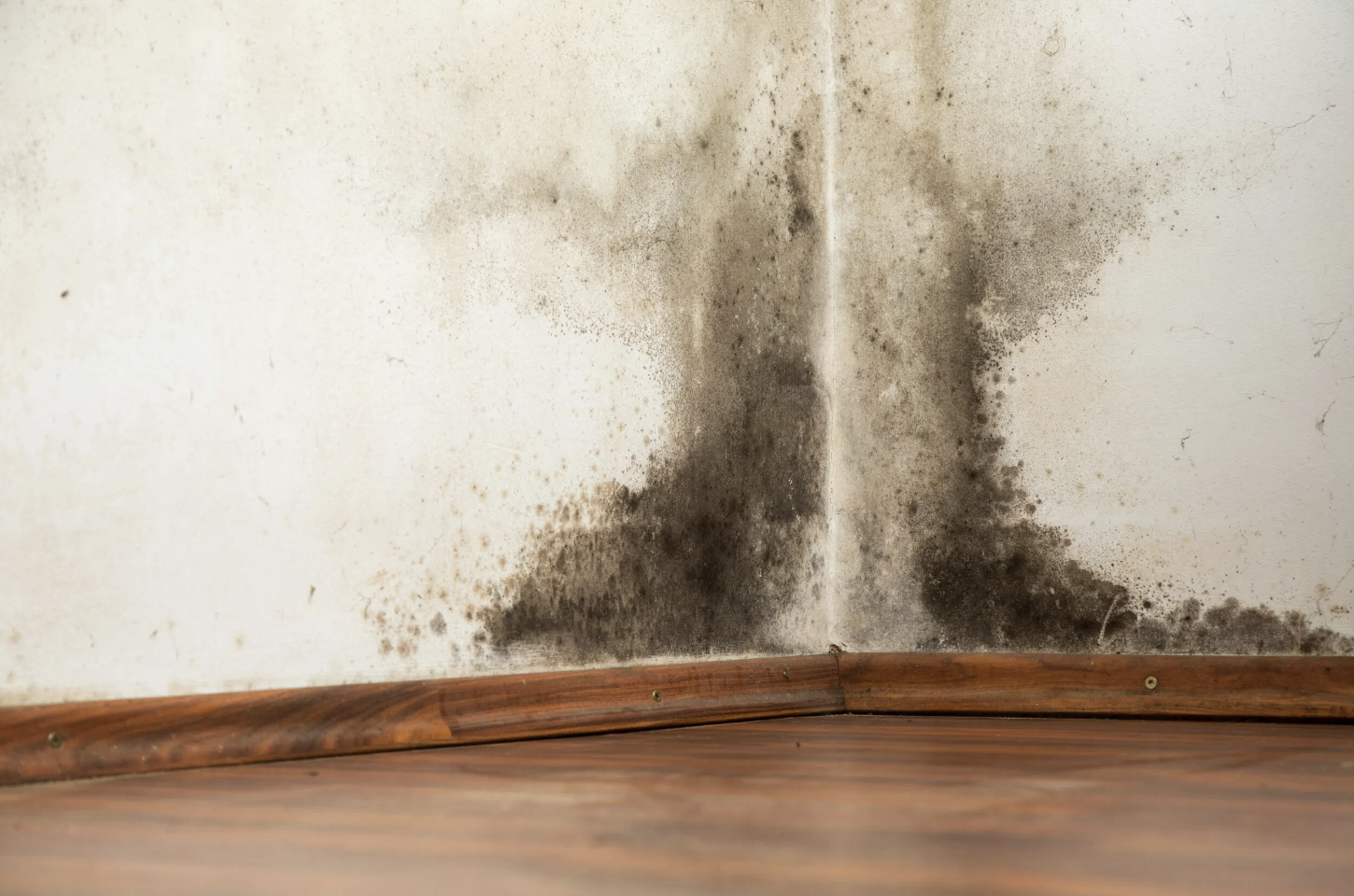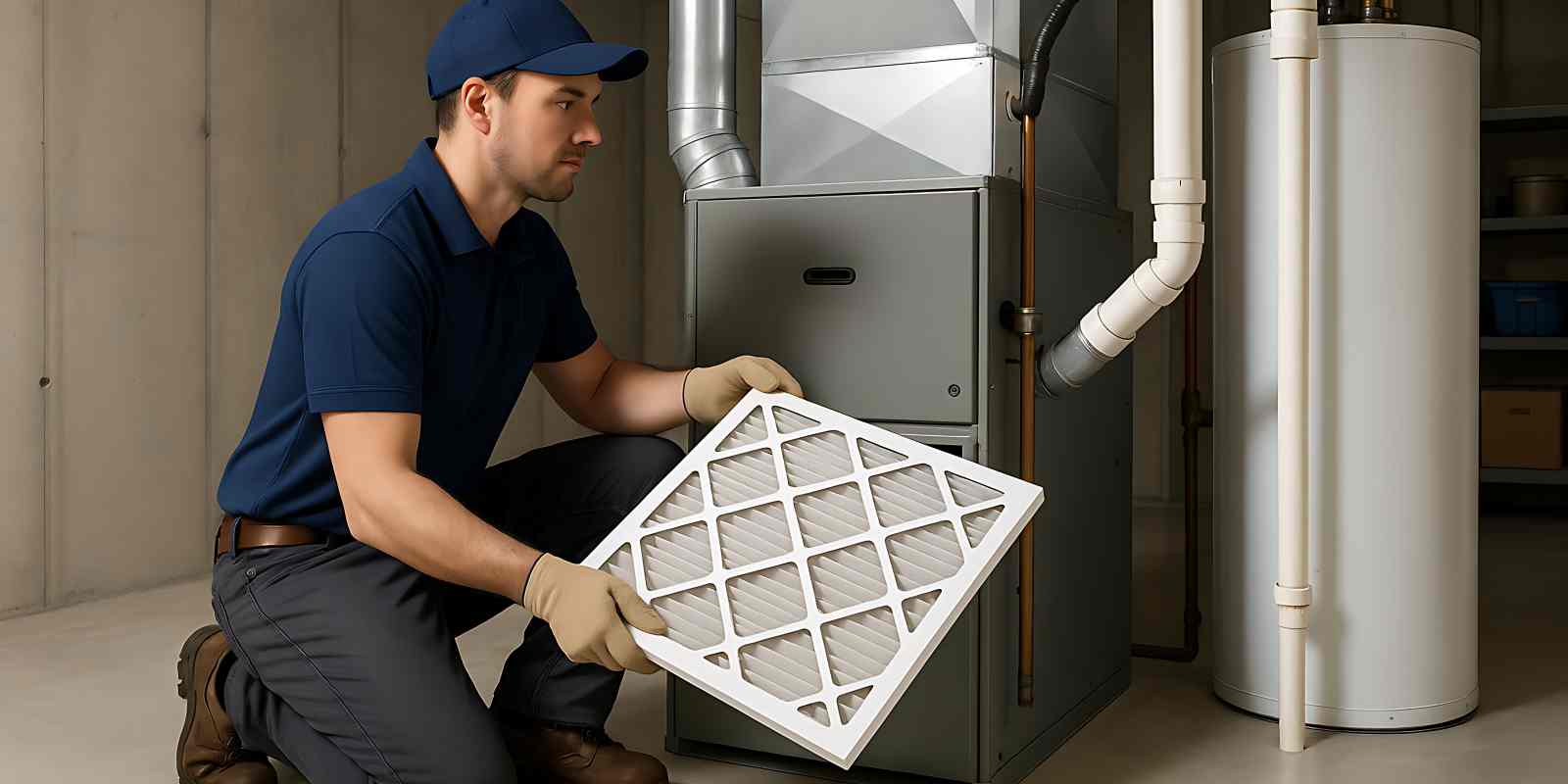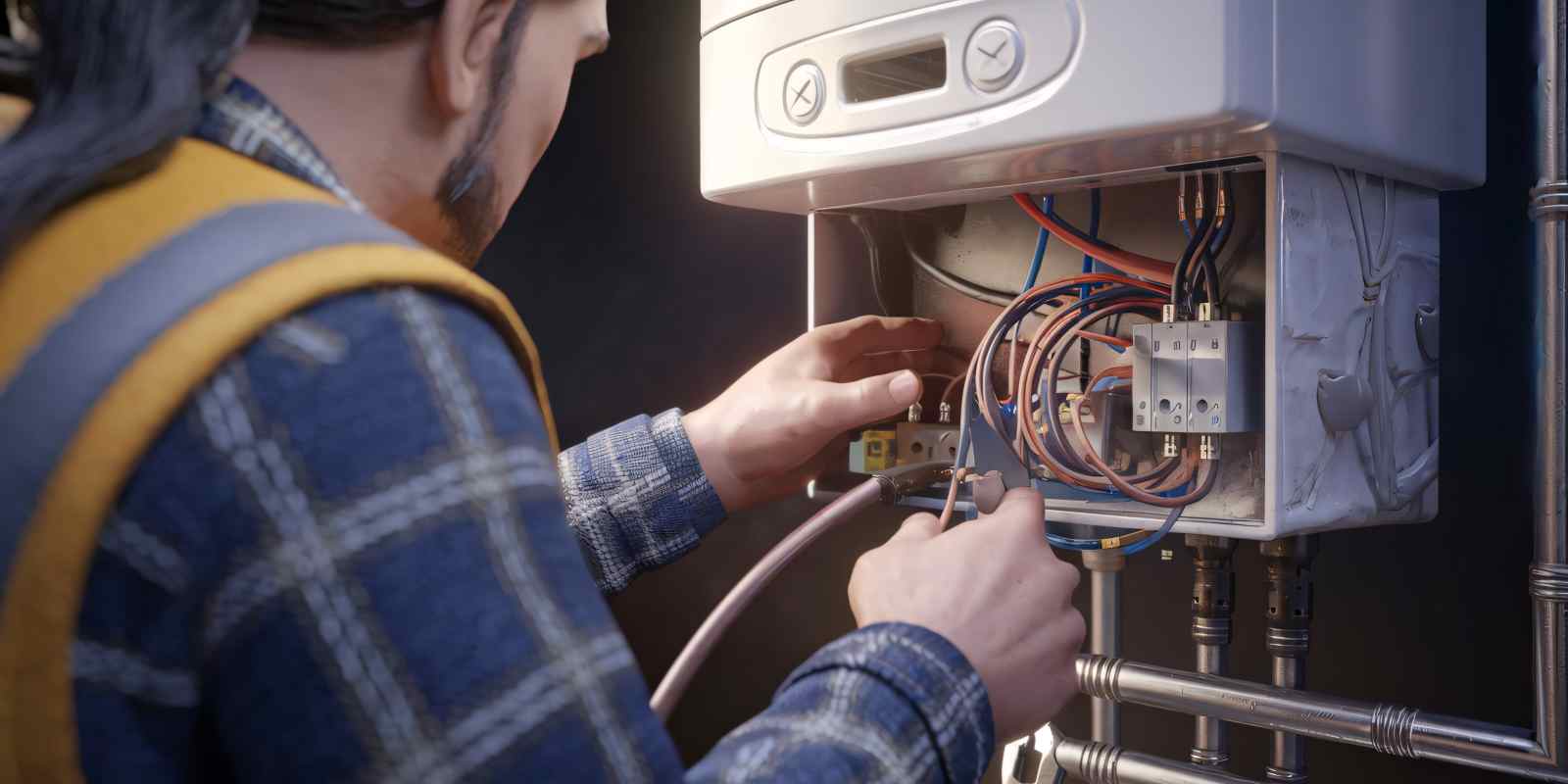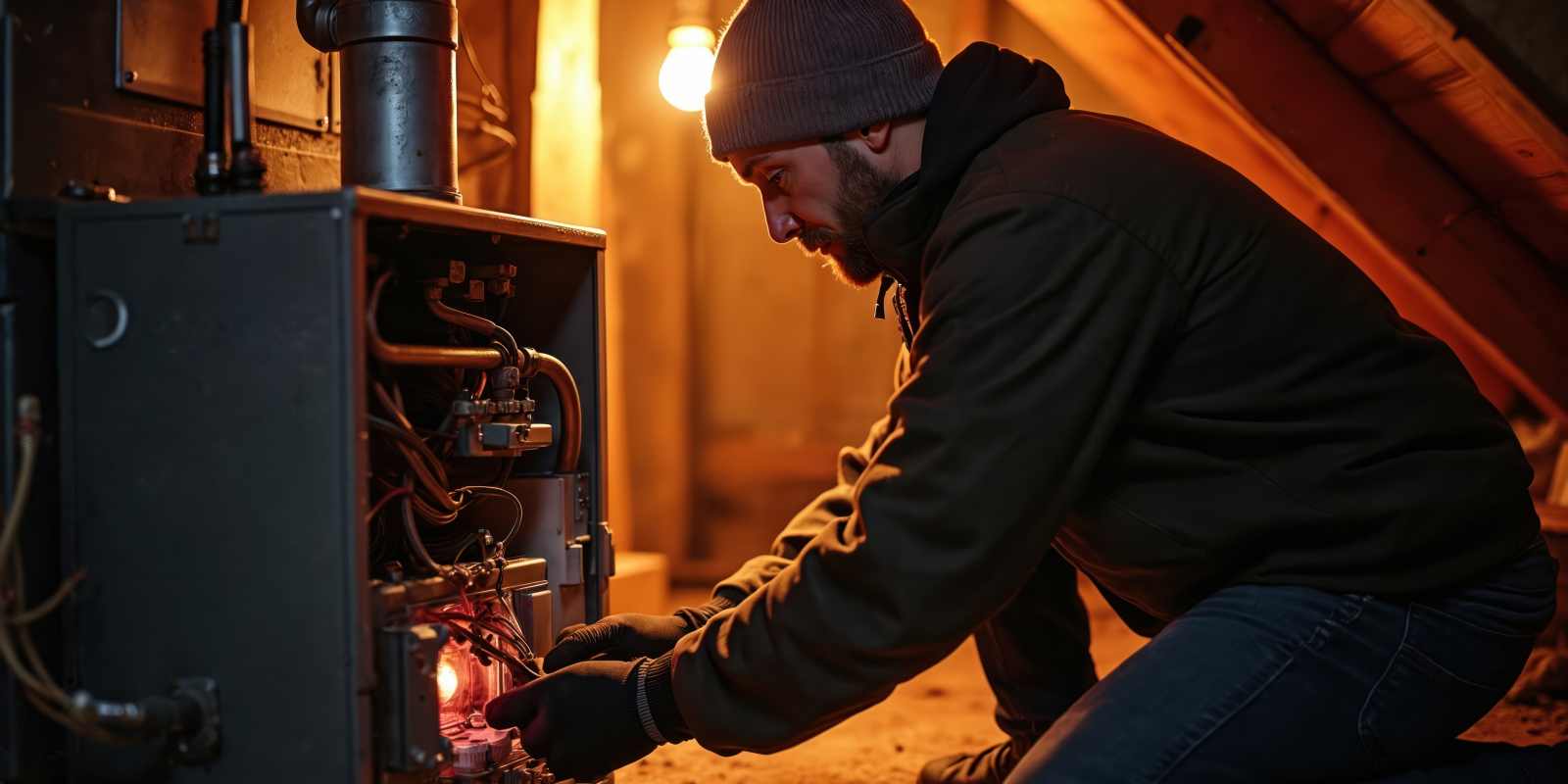
Mold is a pervasive and persistent problem that can wreak havoc on your home, particularly in damp and dark spaces like basements. Not only can mold damage your property, but it can also pose serious health risks to you and your family. Thankfully, preventing mold growth in your basement is entirely achievable with the right strategies and a proactive approach.
Control Moisture at Its Source
The primary key to preventing mold growth is controlling moisture. Identify and address the sources of moisture in your basement to create an environment that is inhospitable to mold. Common sources include leaks from pipes, walls, or the foundation, poor ventilation, and condensation.
Improve Basement Ventilation
Proper ventilation is essential to maintaining a dry and mold-free basement. Ensure that your basement is adequately ventilated to allow air circulation and prevent stagnant, humid conditions that mold thrives in. You can achieve this by installing exhaust fans, opening windows when weather permits, and using basement vents or air exchange systems.
Seal Cracks and Gaps
Sealing cracks and gaps in your basement’s walls, floors, and foundation can significantly reduce the entry of moisture and water. Regularly inspect these areas and use appropriate sealants or caulk to prevent water infiltration. Additionally, consider applying a waterproof coating to basement walls to create an extra barrier against moisture.
Keep Gutters and Downspouts Clean
Clogged gutters and downspouts can lead to water pooling around your home’s foundation, increasing the risk of moisture seeping into your basement. Regularly clean and maintain your gutters and downspouts to ensure proper water drainage away from your home.
Use Mold-Resistant Materials
When finishing or renovating your basement, opt for mold-resistant materials such as moisture-resistant drywall, treated wood, and mold-resistant paints or coatings. These materials are designed to resist mold growth and can be valuable in creating a basement that is less susceptible to mold issues.
Declutter and Organize
A cluttered basement can obstruct airflow and create hidden pockets of moisture, making it an ideal breeding ground for mold. Keep your basement organized and free of clutter to allow for better air circulation and easier cleaning. Store items on shelves or raised platforms to prevent them from coming into direct contact with the floor.
Regular Cleaning
Regular cleaning is crucial for mold prevention. Dust, vacuum, and mop your basement periodically to remove dirt, dust, and potential mold spores. Pay special attention to corners, hidden spaces, and areas near water sources. Use a mixture of water and mild detergent to clean surfaces and discourage mold growth.
Monitor Humidity Levels
Invest in a hygrometer to monitor humidity levels in your basement. Ideally, keep the humidity level between 30% and 50%. If humidity levels rise above this range, use a dehumidifier to bring them down to a safe level.
Maintain Your HVAC System
It is important to regularly check and maintain your HVAC system to make sure that there are no leaks or clogs that would allow moisture to enter your home.
Preventing mold growth in your basement requires a combination of proactive measures, regular maintenance, and creating an environment that discourages moisture accumulation. By taking these steps, you can enjoy a clean, dry, and mold-free basement that enhances the overall health and well-being of your home and family.



